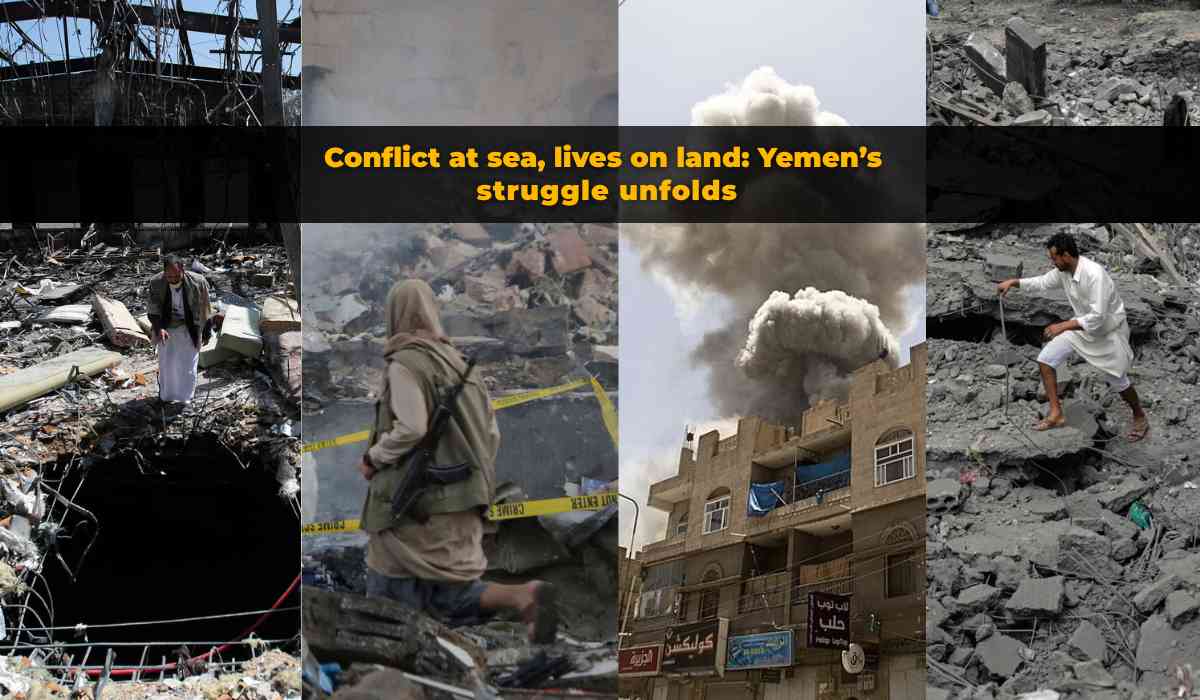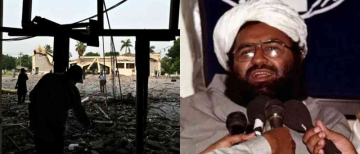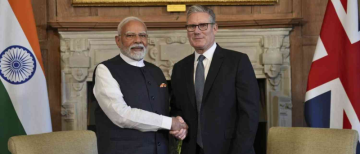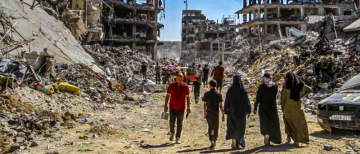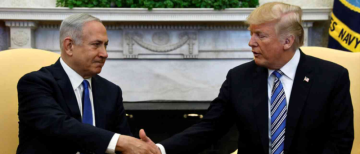America’s bombing campaign in Yemen has raised serious questions worldwide, especially because many civilians have been caught in the crossfire. To understand why the United States is involved in this conflict and why civilians are suffering, it’s important to look at the background, the key players, and the broader context.

Who Are the Houthis and Why Are They Targeted?
The Houthis are a group based in northern Yemen who control large parts of the country, including the capital, Sanaa. They have been fighting against the Yemeni government and its allies for years. The United States and its partners, including the United Kingdom, have targeted the Houthis mainly because the group has launched attacks on commercial shipping in the Red Sea and Gulf of Aden. These waters are vital for global trade, with nearly 15% of the world’s maritime trade passing through them.
The Houthis claim they are acting in solidarity with Palestinians and want to pressure Israel to lift its blockade of Gaza. Since late 2023, they have fired missiles and drones at ships linked to Israel or passing through strategic waterways, leading to international concern.

What Has the US Done?
In March 2025, the United States launched a large-scale military campaign called Operation Rough Rider. This involved air and naval strikes targeting Houthi radar systems, missile launch sites, and other military infrastructure. The goal was to stop the Houthis from attacking commercial ships and US naval vessels.
The US strikes have mainly hit areas controlled by the Houthis, including residential neighborhoods in Sanaa, causing civilian casualties. Reports indicate that dozens of people, including children, have been killed or injured. The Houthis have responded by attacking US warships, escalating the conflict further.

Why Are Civilians Being Killed?
The bombing has caused civilian deaths because the Houthis often operate within populated areas, and some military targets are close to or inside residential zones. This makes it difficult for airstrikes to avoid harming innocent people. Independent analysts have pointed out that US strikes sometimes prioritize military targets without fully preventing civilian casualties, raising concerns about the legality and morality of these actions.
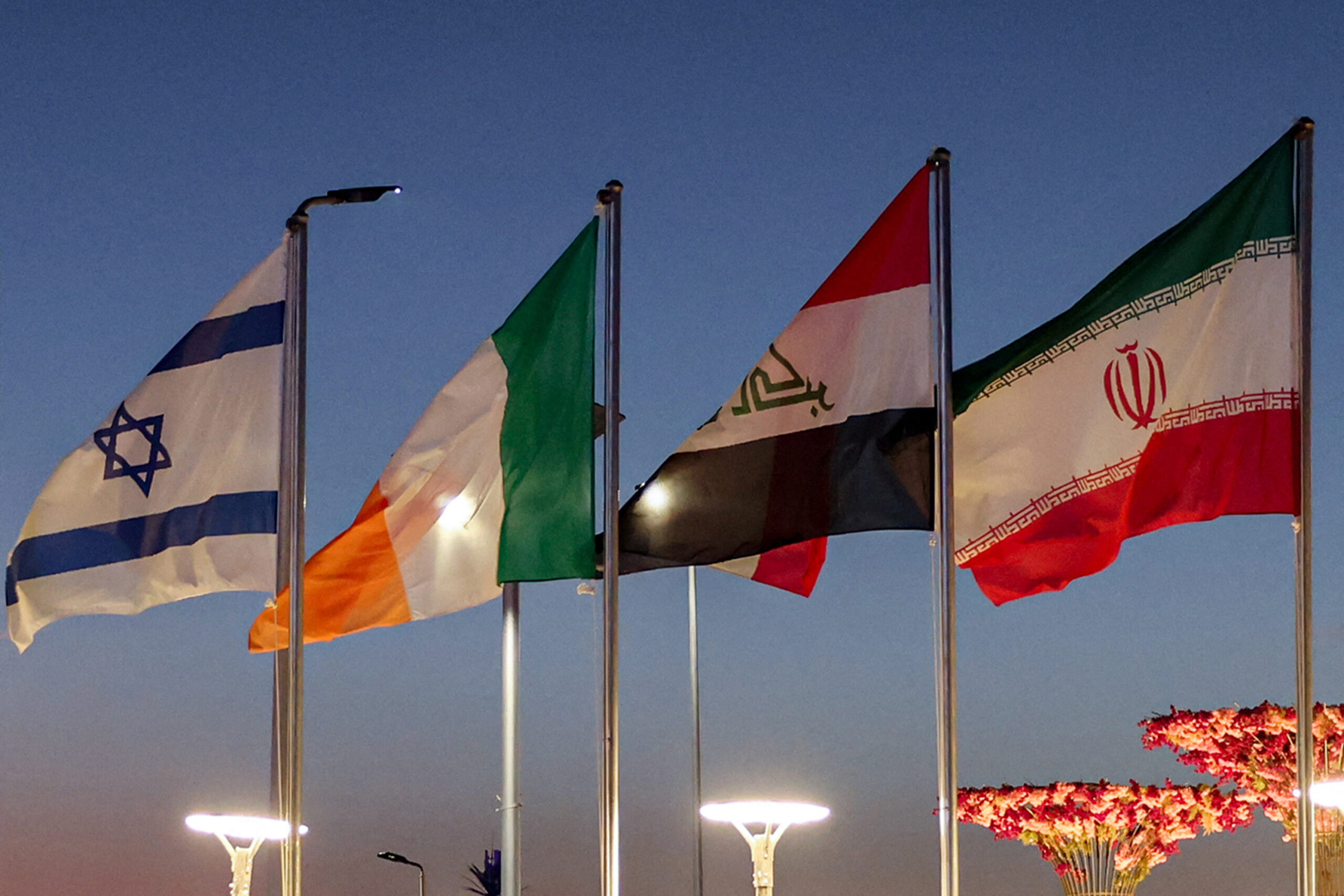
The Bigger Picture: Iran and Regional Politics
The US accuses Iran of supporting the Houthis, providing them with weapons and training. Iran denies controlling the Houthis but acknowledges some level of alliance. This conflict is part of a larger regional struggle for influence between Iran and countries like Saudi Arabia and the US, making Yemen a proxy battleground.

What About the Legal and Political Issues?
There are questions about whether the US bombing campaign complies with international law and US law. The 1973 War Powers Resolution requires the president to inform Congress about military actions and limits how long such actions can continue without approval. Critics argue that the ongoing airstrikes may not fully comply with these rules, and the justification for the campaign is sometimes unclear.
The Human Cost and Future Outlook
The conflict has worsened an already devastating humanitarian crisis in Yemen, where millions face hunger and disease. The bombing and fighting disrupt aid delivery and cause civilian suffering. The Houthis have vowed to continue their attacks unless certain political demands are met, including lifting blockades on Gaza.
The US aims to protect shipping routes and counter what it calls terrorist threats from the Houthis. However, the cycle of attacks and airstrikes shows little sign of ending soon, and civilians remain at great risk.
With inputs from agencies
Image Source: Multiple agencies
© Copyright 2025. All Rights Reserved Powered by Vygr Media.

